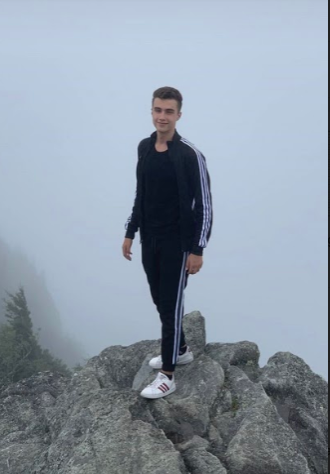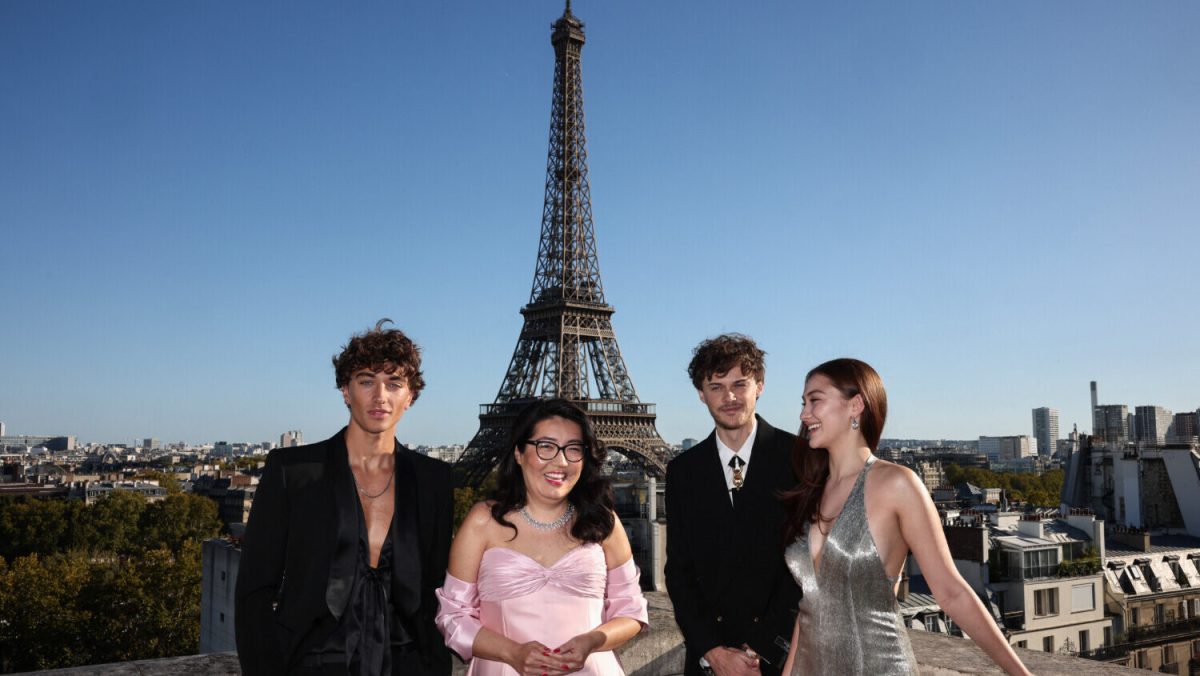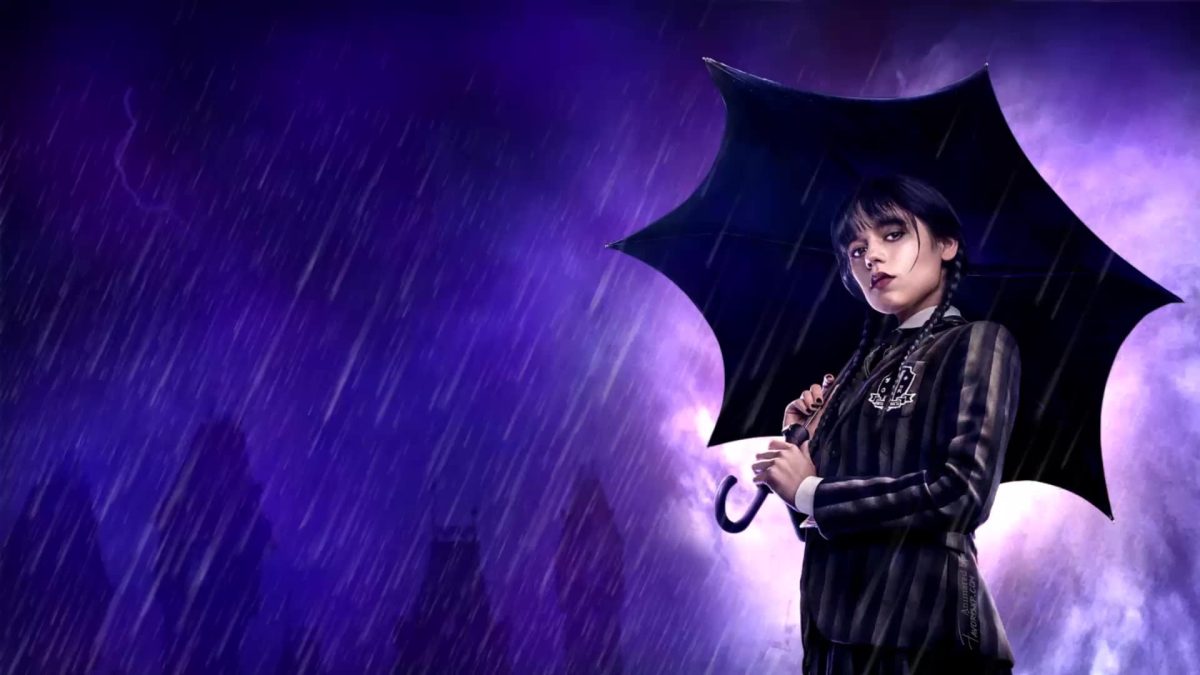Culture Collaboration: Muhamed Dlakic

Standing on top of the mountain Medojevic, Muhamed Dlakic experiences the unique features, such as these beautiful mountains, that Bosnia has to offer. Leaving behind his home in Bosnia, Muhamed traveled all the way to the United States as a foregin exchange student to experience new natural features.
May 18, 2020
It is very important for people to be introduced to other cultures and have the ability to experience them. One way to do so is by meeting new people who are from different backgrounds and then talk to them about their experiences. Muhamed Dlakic, a student from Bosnia, has had the opportunity to see the difference in cultures. Bosnia, a country across the Adriatic sea from Italy, is roughly 4,840 miles away from Raleigh.
Some major differences that Muhamed noticed right away were that everything was much bigger in the United States than in Bosnia; he specifically noticed cars, foods, and buildings. There is a big cultural difference as well. For example, our privacy, individuality, and differences are respected here. However, he also noticed that because of this “people are less willing to talk and meet new people.” Although he is not religious, he still takes part in some religious holidays because of his family and tradition. These holidays include Eid (which there are two of), Laylat al Qadr, and Ramadan. Since the majority of Bosnians are Muslim, these holidays are largely celebrated throughout the country. The two Eids include Eid al-Fitr, which is celebrated at the end of Ramadan (a month of fasting for muslims) and is roughly translated to “festival of the breaking of the fast.” The other Eid, Eid al-Adha, which is celebrated two months later is during the same time that many Muslims perform their Hajj pilgrimage and is roughly translated to “festival of the sacrifice.”
When asked about Bosnian culture, junior Muhamed described it by saying, “Throughout history, Bosnian culture was influenced by East and West, by three nations living together and by four religions.” Overall, Bosnia is a fairly small country with a population of only 3.6 million. In comparison, New York City alone has a population of 8.5 and LA has a population around 4 million. Despite the country’s size, it has developed into a culture that is unique and famous for its traditional foods, landscapes, mountains, historical cultural places, special music, and the benevolence of Bosnians.
Muhamed also mentioned that he has noticed many differences between American public schools and the Bosnian schooling system. In Bosnia, class only lasts 45 minutes, and they typically have 6-7 classes every day, which is similar to many American schools outside of Wake County. However, instead of 8 subjects, Muhamed has 15 subjects that he takes during the school in Bosnia. During the school day, instead of transitioning from class to class, they stay in the same classroom with the same people for every class. Because of this, Muhamed is able to “produce deeper relationships and long-lasting friendships.” Tests in Bosnia are much harder, and they usually take verbal examinations or speaking tests instead of written. The relationship between the student and the teacher is also more formal, and they have to stand up when the teacher enters the classroom. Schools in Bosnia are also much smaller. Muhamed’s school only has 400 students, which is a big difference from Millbrook’s 2,500 students.
Although there are many differences between Bosnia and the United States, we can celebrate those differences while getting along and figuring out our similarities.











